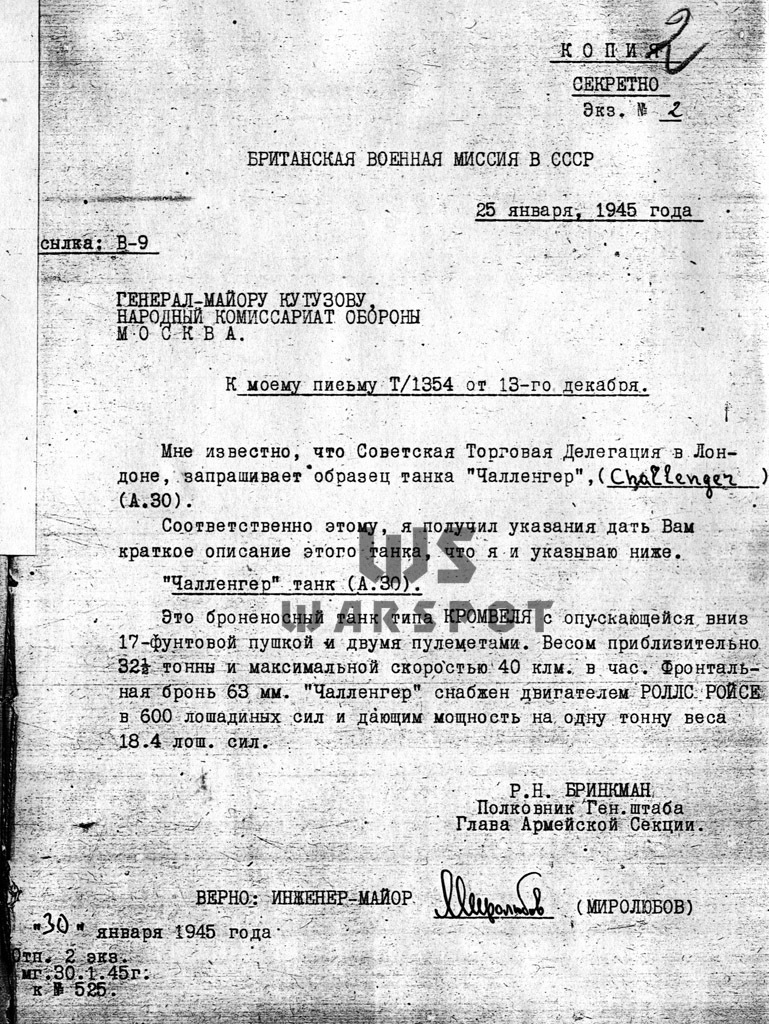SPGs are hardly a strength of the British tank industry. The country developed the first SPG on a tank chassis, but then the birthplace of tanks fell behind in the creation of self propelled artillery. Suffice it to say that Britain produced half as many SPGs as Canada in WWII (not counting those converted into SPGs from tanks). British SPGs implemented rather unusual design decisions. This was true for their tank destroyers as well, both the Challenger and Avenger.
Results of best intentions
As strange as it sounds, the first step towards the creation of a British tank destroyer was a heavy tank, and not a British one. The Heavy Tank T1, the first heavy tank designed in the United States, was nearly complete by the summer of 1941. Both American and British soldiers awaited this vehicle eagerly. The British programme for creation of a heavy assault tank, the TOG, started slipping. The American heavy tank also looked better than the William Foster & Co. design. The Heavy Tank T1 was lighter, smaller, and faster, with comparable protection.
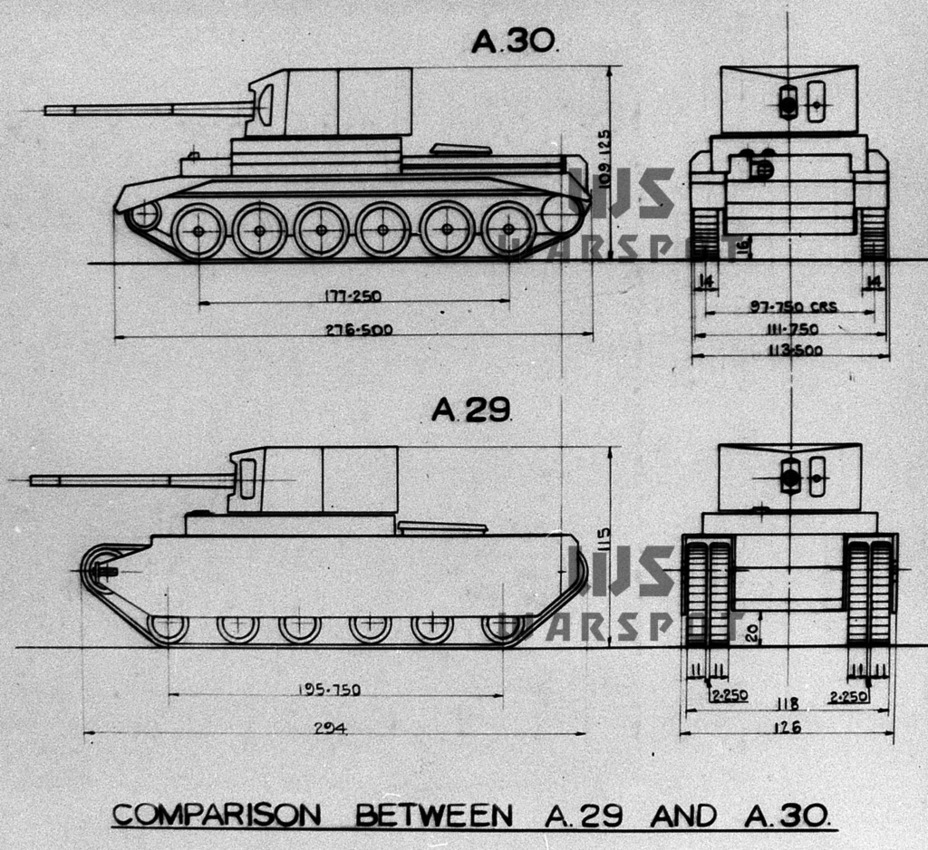
Only the armament seemed insufficient. Of course, the 76 mm gun with AA ballistics was a good weapon, but the British were working on a more powerful gun of the same caliber, the 17-pounder. Work began on May 13th, 1941. According to requirements, the gun had to penetrate 120-150 mm of armour from 730 meters. The American tank gun was not up to this standard. It's not surprising that at a meeting of the Tank Department on August 22nd, 1941, it was decided to install the 17-pounder gun into the Heavy Tank M1. This proposal turns up in American documents much later, on February 17th, 1942. The Americans declined this proposal. However, the British were already working on another carrier for this gun.
The British tank with a 17-pounder gun began to take shape in the fall of 1941. However, its type and design were the subject of months worth of discussion. Initially, the military wanted to have an infantry tank. Work on the new specification was supposed to happen under the supervision of Oliver Lucas, a key employee of the Ministry of Supply.
Opponents cropped up even at this stage, and they had some ironclad arguments. Jeffrey Berton, another key figure in British tank building, pointed out that such a tank would weigh in excess of 50 tons, and cause issues with mobility and transport.
The engine for this tank was found relatively quickly: the Rolls Royce Meteor, a tank version of the Merlin aircraft engine. This engine was installed into the A27 tank. The version of it with the Meteor engine received the name Cromwell. Around this time, development of an infantry tank on the A27 chassis began. The first variant received the index A28. This was essentially another Cromwell with more powerful armour and skirt armour around the running hear. This project cropped up in December of 1941. At the same time, on December 15th, 1941, the idea of making an infantry tank with a more powerful weapon came up. William Robotam, the head engineer at Rolls-Royce, also the head of tank design, proposed creating a 40-45 ton heavy tank with a 900 hp supercharged engine. The development was given to the Rolls Royce division in Belper.
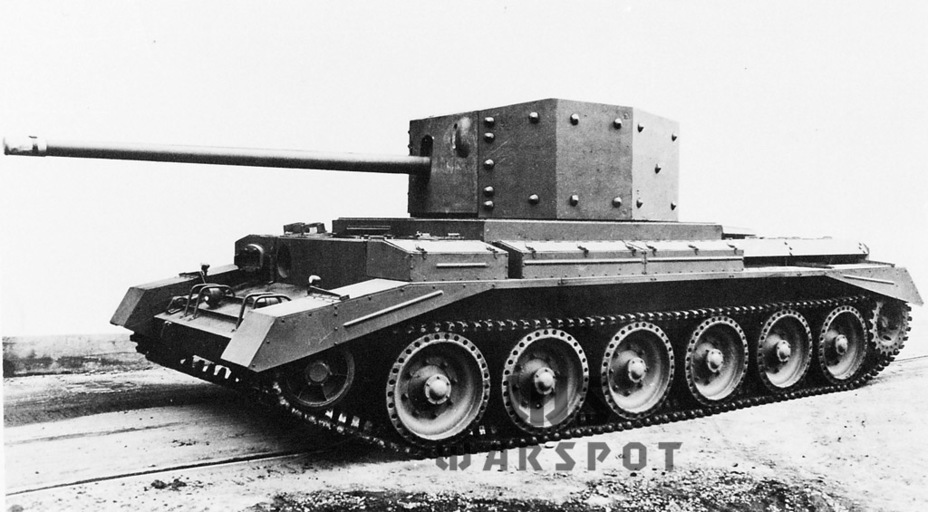
The draft project received the index A29 and codename Clan. It was ready by the end of January 1942. Belper didn't reinvent the wheel, and the staff there just took the same A27 as a foundation. The length of the hull grew to nearly 7.5 meters, the mass reached 45 long tons (45.7 metric tons). The chassis was lengthened due to the larger turret and improved protection. The hull and turret front were 127 mm thick, the sides were 89 mm thick.
The increased mass forced a change in the suspension. Rolls Royce developed a new suspension. The number of wheels increased to 12 per side, and the number of tracks to four. A Meteor engine supercharged to 700 hp was supposed to generate a speed of up to 48 kph, but this seemed unlikely. A version with thinner armour appeared later, with a mass of only 32 long tons (32.5 metric tons). The suspension remained the same, but the number of tracks was reduced to 2. Their width increased from 280 mm to 406 mm.
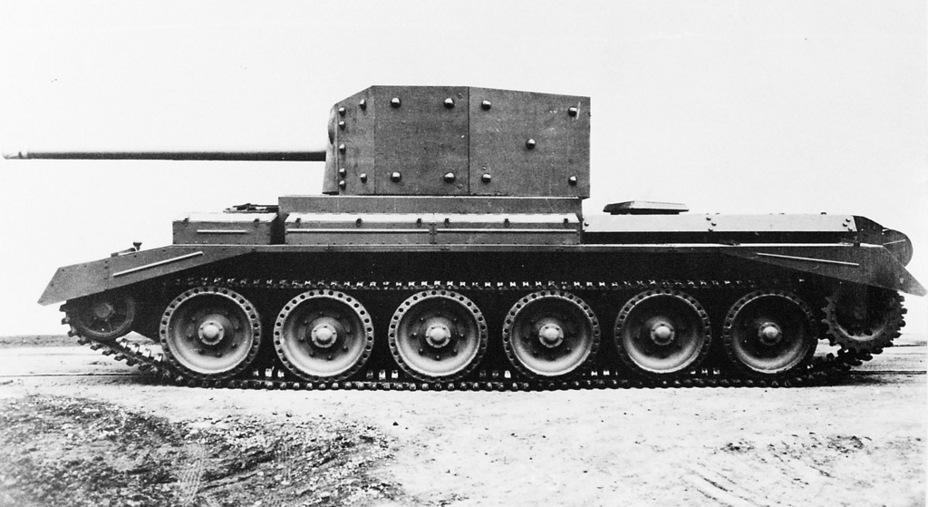
This version also remained on the drawing board. A cruiser tank variant was developed in Belper in parallel. It used as many Cromwell components as possible. The level of rationalization reached 90%, which made it significantly easier to develop. The length of the vehicle increased to 7123 mm from 6325 mm, chiefly due to a larger fighting compartment. The number of road wheels grew to six per side. The running gear of the Cromwell remained, but the track links had to be replaced. This was because of the increased ground pressure that accompanied the larger mass. A track link 394 mm in width was developed, similar to the normal 356 mm wide one. The increased mass later forced a change to the road wheels. Visually, they were no different from the ones used on the Cromwell, but the composition of the rubber was different.
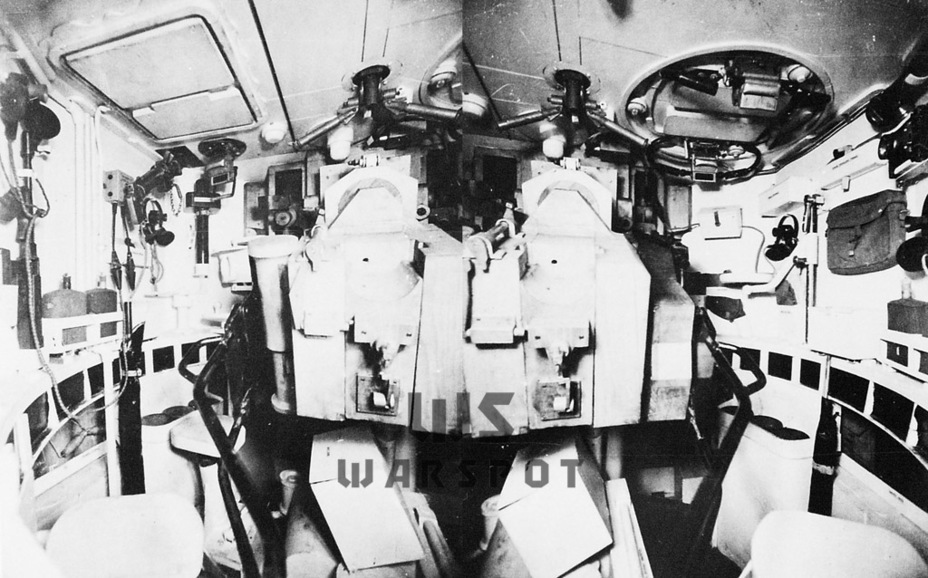
Stothert & Pitt developed the turret. The same company developed the 17-pounder turret for the TOG II* assault tank. Stothert & Pitt also didn't reinvent the wheel, and just changed the TOG II* turret. This allowed them to finish the work quicker and made it easier to produce some of the main components. For instance, the Metadyne electric turret traverse was already tested on the TOG II*.
The deadline for the turret was three months after the start of development, but it was not met. The first Cruiser Tank A30 (also known as the A30 Pilot A) arrived to the Farnborough proving grounds on July 29th, 1942, without a turret. A wooden mockup was installed for demonstrations.
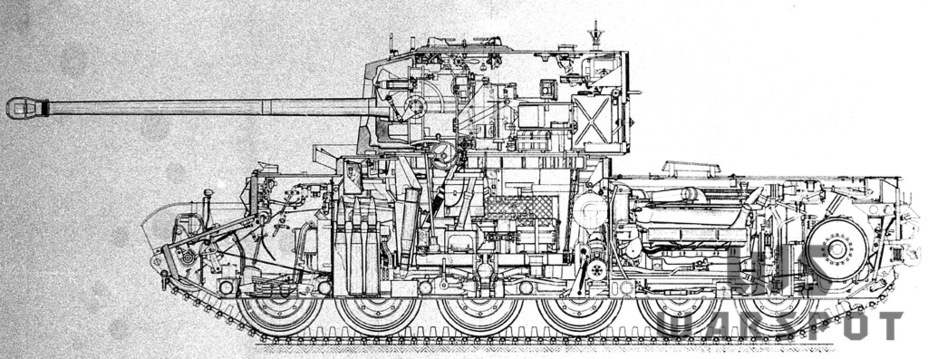
Trials in Farnborough showed that the tank needs work. The mass of 32.5 tons overloaded the suspension. A decision was made in September of 1942 to reduce the mass to 31 tons. The armour thickness had to be reduced. For instance, the thickness of the internal armour plates around the suspension was reduced from 25 to 14 mm.
A modified prototype entered trials on October 20th, 1942. It travelled for 619 km, 306 on a highway an 313 on a dirt road. The tank had a smoother drive than the Cromwell and controlled well. The trials revealed a large number of defects, chiefly with the suspension.
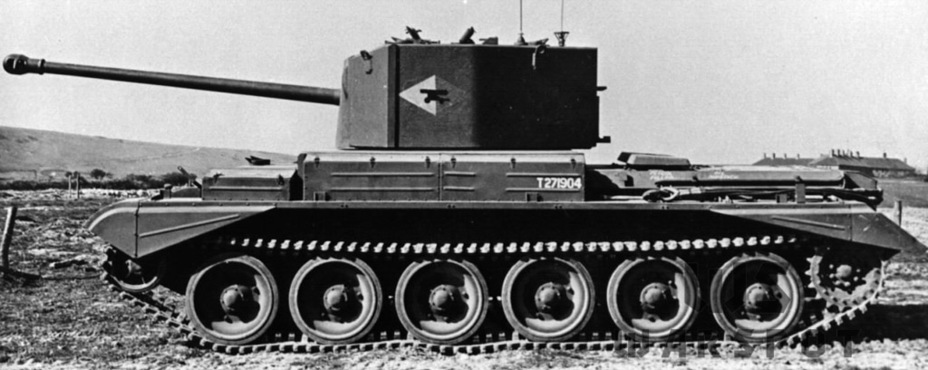
The military's appetites grew as the trials continued. The idea of buying American tanks was rejected, and the demand for tanks with 17-pounder guns grew. According to plans made on October 9th, 1942, the British army needed 1150 such tanks (700 issued, 350 in reserves, 100 in training units). After gunnery trials of the second prototype, it was decided to order a batch of 25-30 A30s.
At the same time, the army struggled to determine what kind of vehicle the A30 was. Royal Artillery needed vehicles with 17-pounder guns. Nevertheless, it was decided to classify the A30 as a tank. As for the artillerymen, the development of an SPG on the Valentine chassis began, which later turned into the Archer.
The requirements for the A30 kept changing, which delayed production. New features were implemented in the third prototype, the A30 Pilot C. All three prototypes were made from mild steel.
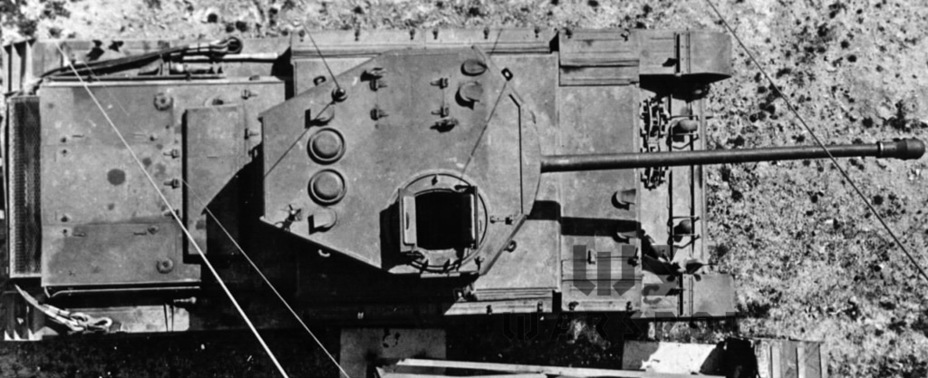
The light in the end of the tunnel lit up in late January of 1943. During an inspection of the second prototype (A30 Pilot B) a decision was made to order a batch of 200 tanks. However, the design still needed changes. The British military figured out that attaching armour with bolts is no longer the most up to date solution. This didn't stop Cromwell turrets from being bolted, but the A30 turrets became welded. Welding was also used in the assembly of hulls. Thankfully Birmingham Railway Carriage and Wagon Company (BRC&W) was capable of this. The mass of the A30 began to grow again, nearing 32 tons.
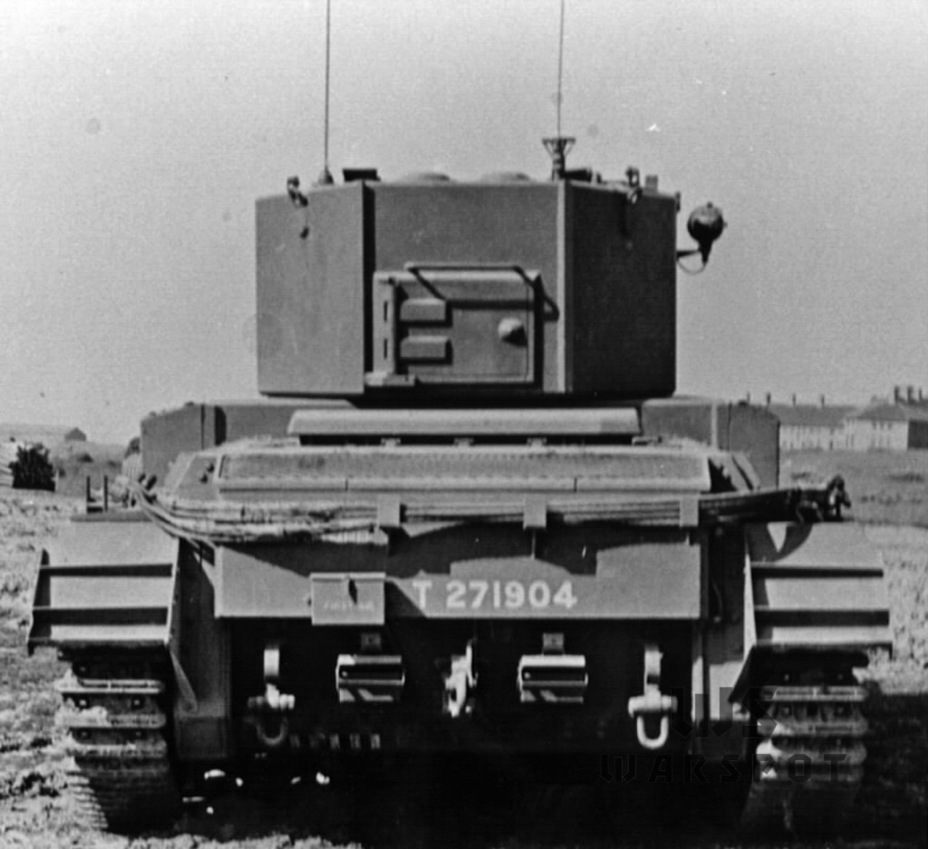
The final decision to build 200 A30 tanks was made at a meeting on February 9th, 1943. They received WD numbers ranging from T.271901-T.272100. However, production did not start quickly. It was clear that the tank would not make it to North Africa in time, so there was no rush. Prototypes continued to be modified with changes that would later be used on production tanks.
The excessive size of the vehicle resulted in the creation of alternative projects. Among those was the «low silhouette A30», which later turned into the Avenger, as well as a cruiser tank with a shortened 17-pounder gun, which later turned into the Comet. In the summer of 1943 the A35 tank was also introduced, which was essentially the A34 (Comet) with a larger turret ring and full-fledged 17-pounder gun. The A40, an A30 with thicker armour, was created in the fall of 1943. While the tankers were playing around with new variants, the artillery branch received its Archers in May of 1943.
In parallel, work was being done to install the 17-pounder gun into the Sherman tank and M10 tank destroyer. Without the Firefly and Achilles, the number of vehicles carrying 17-pounders in the summer of 1944 would have been much lower.
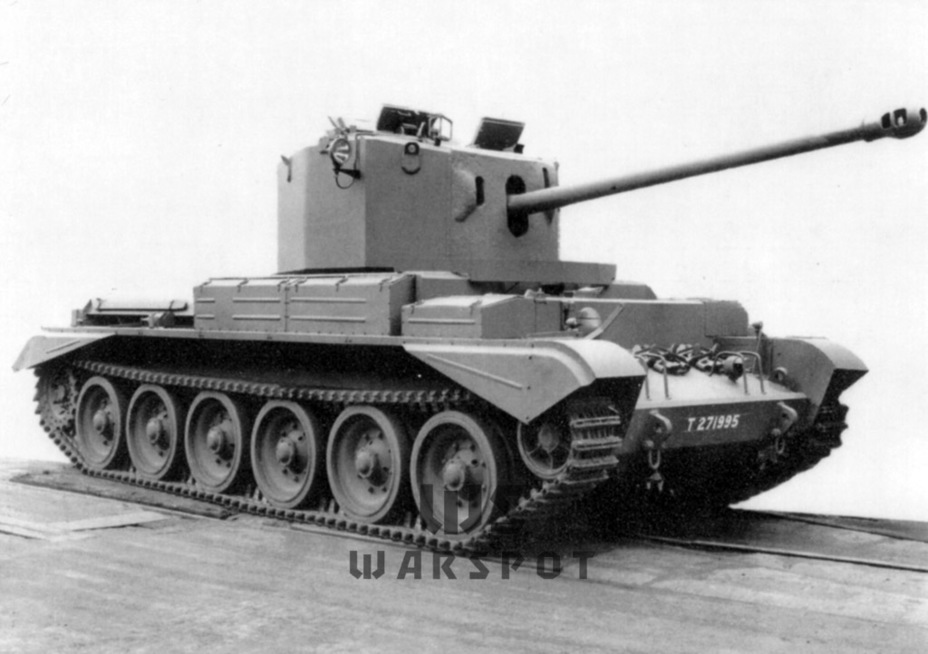
The A30 program turned into a tragicomedy as a result of all these changes. Even though a prototype was ready in the summer of 1942, production of the tank destroyer christened Challenger I began at BRC&W in March of 1944. Cromwell tanks were still a priority, and production of the Challenger I was lethargic at best. 8 were delivered in March, 12 in April, 11 in May, 3 in June. These tanks had a lower level of protection than the Cromwell IV. The cast mantlet of the Challenger I T.271901-T.271940 was only 63 mm thick, while the Cromwell IV had a 76 mm thick front turret. After all the changes, the tank weighed the same 32.5 tons as it did at the start.
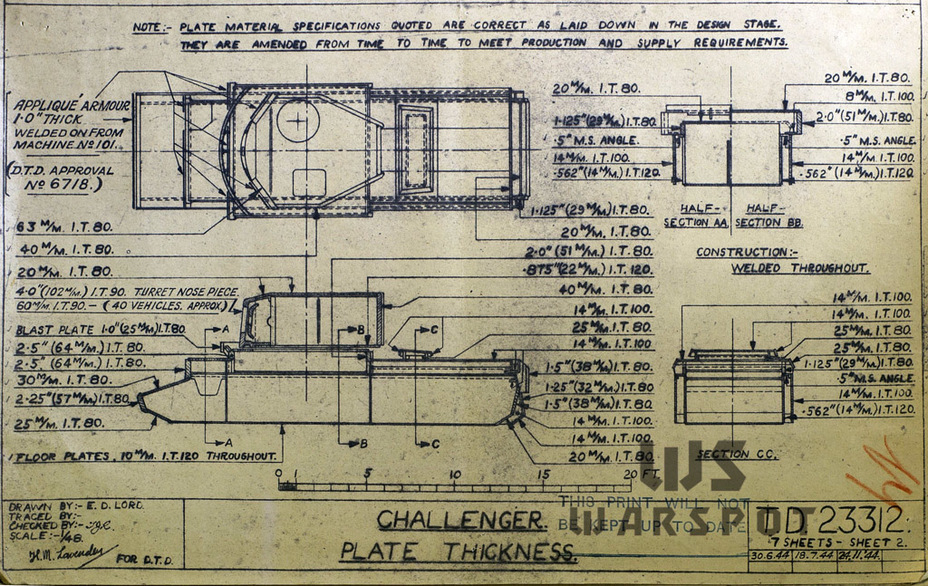
This kind of position was unsatisfactory. The large tank was an excellent target, but it was still vulnerable to not only German heavy tanks, but medium ones as well. For this reason, tank T.271926 and up received thicker front hull and turret armour. Their mass surpassed 33 tons. 102 mm armour could withstand a 75 mm Pak 40 or KwK 40 shell from medium distances.
Trials showed that mobility of the Challenger I with extra armour did not decrease. This was only confirmed later, but the thicker gun mantlet was put into production in July of 1944. 12 tanks were delivered that month, 22 in August, the same in September, and 19 in October. The first 100 Challenger I were completed by the fall.
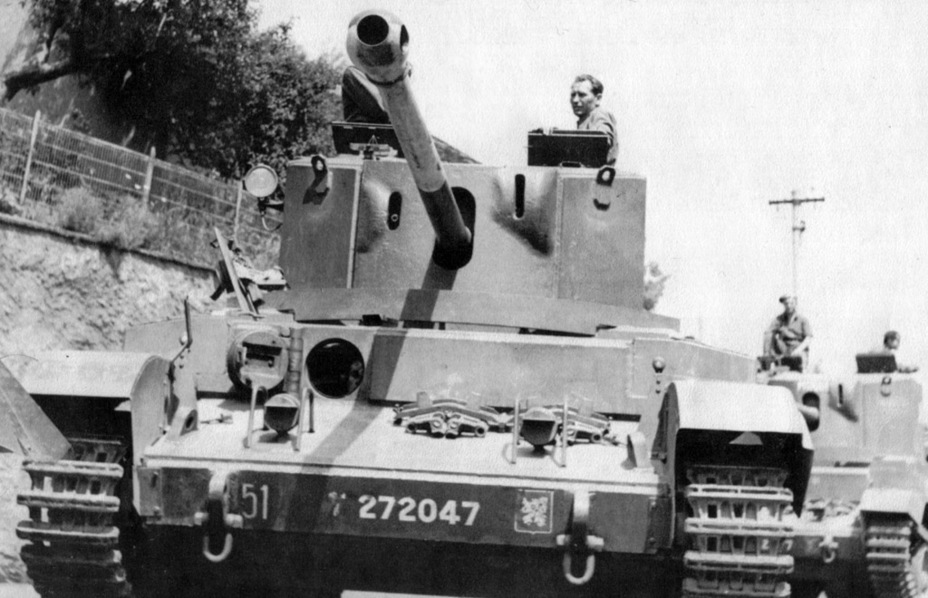
Successful trials of the Challenger I T.271926, which drove for 2416 km, were followed with thicker armour. Starting from November of 1944 (WD number T.272001) production of Challenger I tanks with extra hull and turret armour began. 20 were delivered in November, 16 in December, 14 in January 1945, 13 in February, 15 in March, 5 in April. WWII was coming to an end, and delivery of the last A30s lagged until the end of 1945. This kind of result can't be considered as anything but a failure. In addition, only 655 Archer I were produced out of the planned 800. It's hard to imagine what would have happened had there not been a program to rearm American tanks with British 17-pounder guns.
A rare sight on the battlefield
The start of production of the Challenger I coincided with preparations for landing in Northern France. The fighting in Europe would have become the debut of the Cromwell and the tank destroyer on its chassis. However, not a single unit armed with the Challenger I was battle ready by the summer of 1944. Only 34 tank destroyers were ready by the end of June 1944.
The situation with the Cromwell as a little better, but it was not destined to become the main tank of the British army. 860 Cromwells were issued in all, including reserves, while the «basic» Sherman V (Medium Tank M4A4) numbered 1172 units. This did not include the amphibious Sherman V DD (189), commander's Sherman OP (29), 225 Sherman V Crab, and 358 Sherman Vc, more commonly known as Firefly.
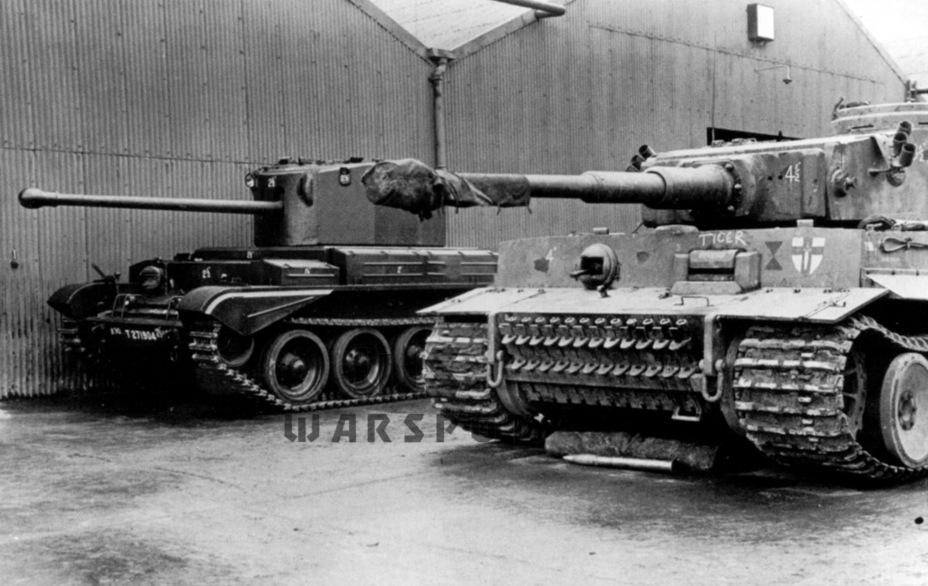
According to the established TO&E, 25% of the vehicles in a tank unit had to be tank destroyers. In reality, this proportion was usually much lower. Typically only 36 tank destroyers were on hand against 233 tanks (excluding ARVs). Cruiser tank regiments in tank brigades had the following authorized strength: 43 Cromwell IV tanks, 6 close support Cromwell VI tanks, 12 Challenger I tank destroyers (61 tanks in all). later, the number of authorized Challengers increased to 15, but this was only on paper. In reality, units armed with Cromwell tanks were forced to use the Sherman Vc.
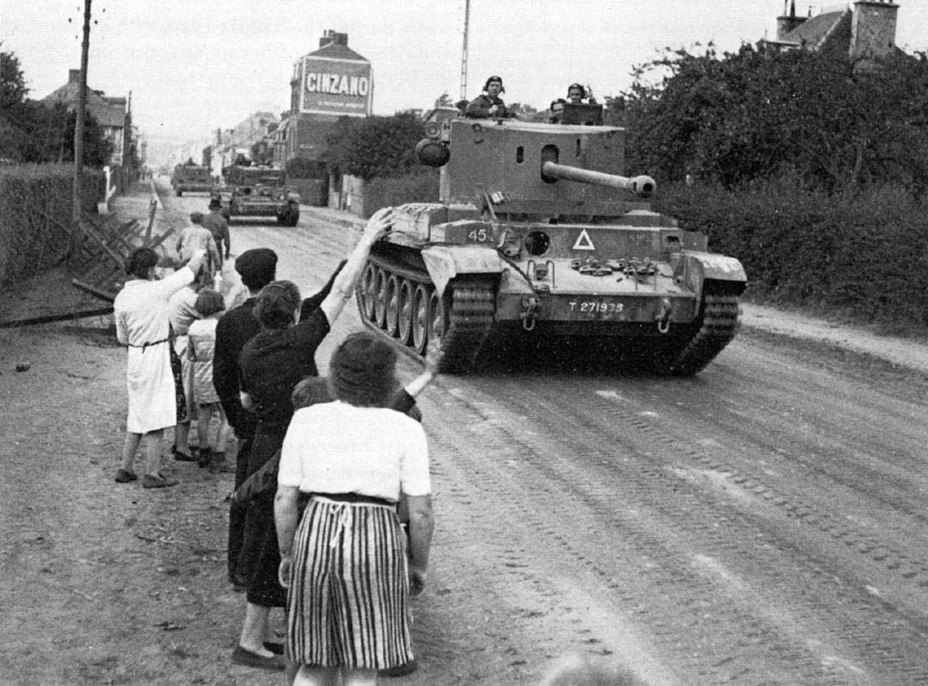
The first unit to receive the Challenger I was the 7th Armoured Division. This was the only British tank division that used Cromwell tanks exclusively. The plans were to issue 45 Challenger Is to the division, but the reality was different: by July 24th the division had just one tank destroyer, and only three by July 31st.
Meanwhile, the 17-pounder was in demand. Combat in June-July 1944 showed that the 75 mm gun was insufficiently powerful against German tanks, especially the Panther and Tiger. The 17-pounder gun could defeat these tanks. The requirement in tanks armed with this gun increased.
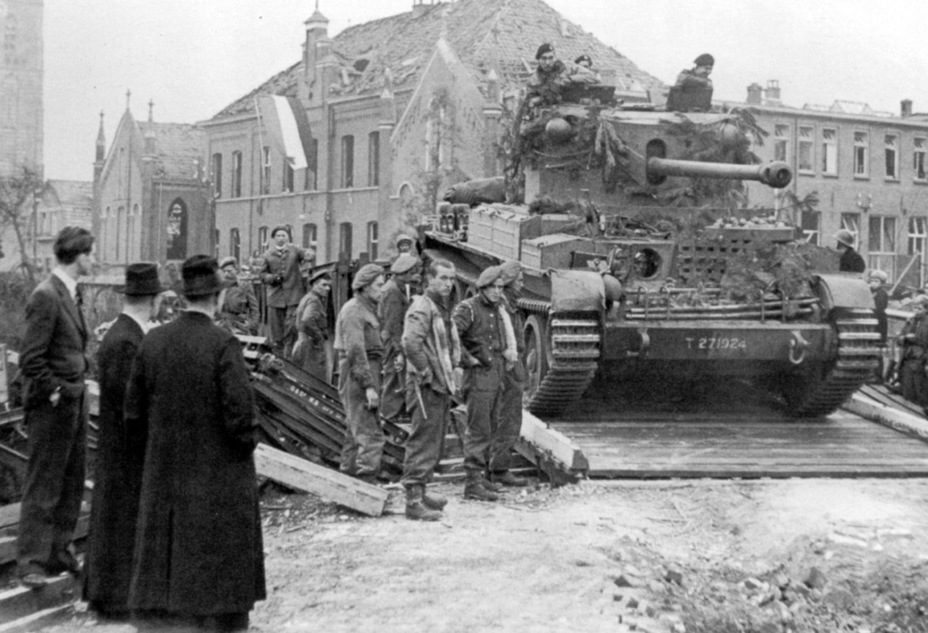
The Challenger I began entering service en masse in August of 1944. However, their use in battle was still rare. The first such use was registered on August 3rd, 1944, and the effect was mixed. The 5th Royal Tank Regiment faced off against three PzIV and one Panther tank. One Cromwell was lost in this engagement, and a Challenger I fired three shots, missing each time. British tank destroyers had nearly no effect on the battles in Normandy.
The first success came in the fall of 1944. On September 18th, 1944, near Breugel, Netherlands, a Challenger I from C squadron of the 11th Armoured Division managed to knock out a Panther. Three Panthers were claimed on that day by a Challenger I under the command of Lieutenant Egerton from B squadron. Fighting in the fall of 1944 showed that the idea of a tank destroyer was correct. However, the British took too long to produce it, so stories of success were few. This is especially noticeable in comparison with the Sherman Vc, which was entering service by the hundreds. By the end of December, the 21st Army contained 31 Challenger I tanks (21 on the front lines), but 728 Sherman Vc.
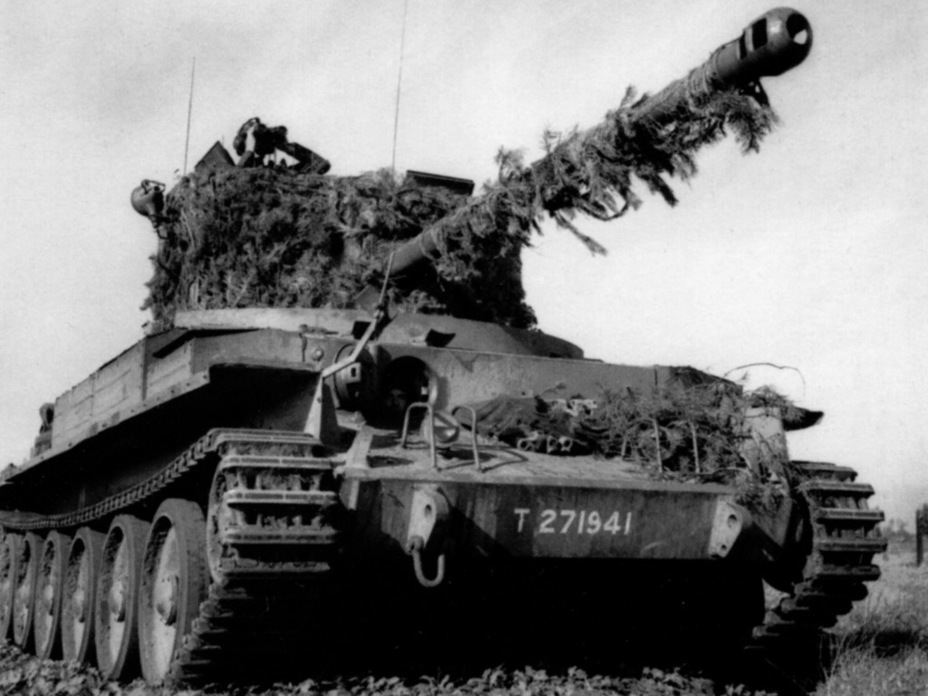
Even though production of the Challenger I continued, there weren't many more of them on the front lines. At any time, only a few dozen were in service. The 11th Armoured Division received its first Comet tanks in 1945. Their guns were nearly as powerful as that of the Challenger I.
Tank destroyers were used in other Allied units. Most notably, they were issued to the 1st Czechoslovakian Armoured Brigade. Plans were made to issue 24 vehicles in the summer of 1944, but the deadline was missed. Czechoslovakian Challengers never fought. The unit only received 22 of them in May of 1945. They replaced Sherman Vc tanks. A similar situation happened with Polish Challengers: 8 tanks arrived into the 1st Polish Armoured Division in April of 1945, and 5 more in June. The use of British tank destroyers in 1945 was rare.
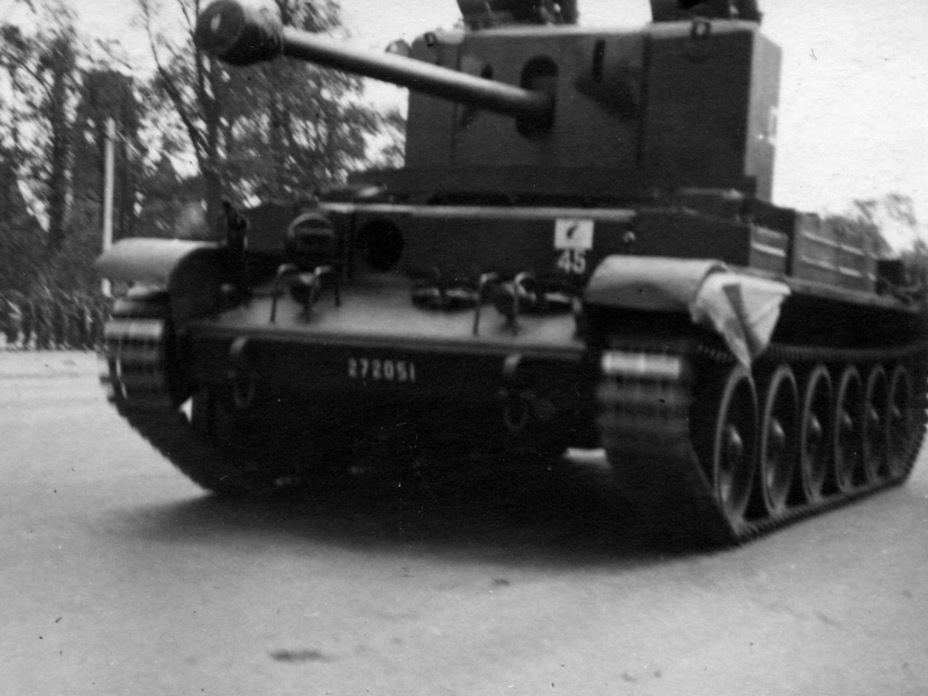
Despite such a mixed application in battle, the end of the career of the Challenger I was notable. Tank destroyers from the 7th Armoured Brigade marched through Berlin during the Victory Parade on September 7th, 1945. However, the star of the show was a whole different tank, the Soviet IS-3. The British tank destroyer quickly disappeared from the British army in the post-war period.
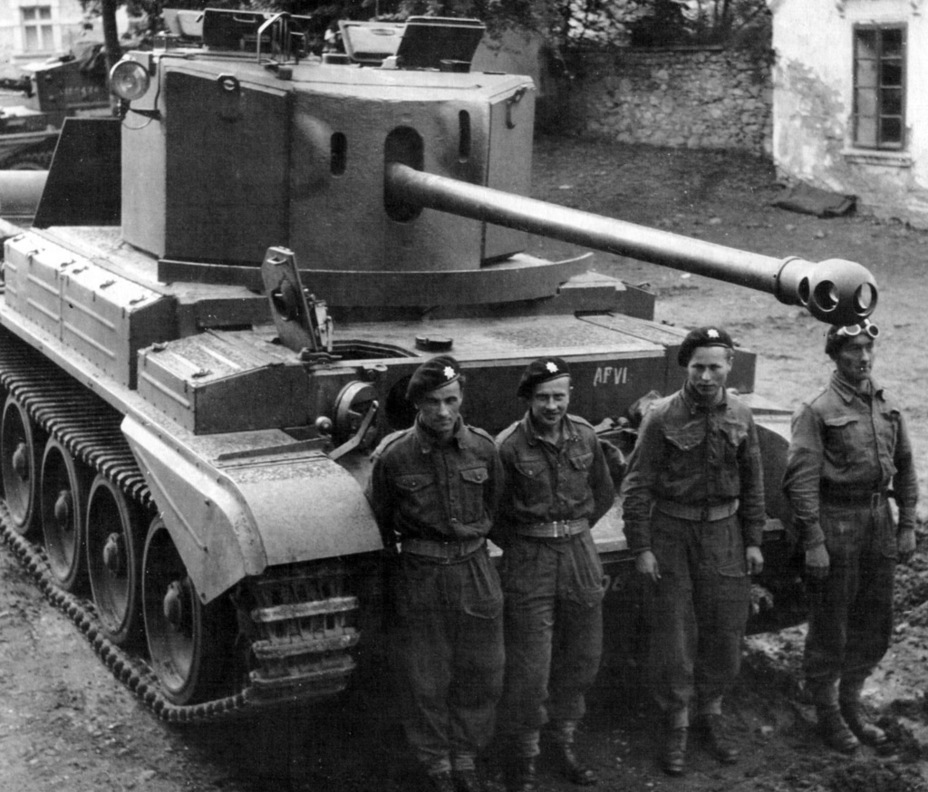
The vehicle did not shine on the export market, but the Challenger I's career was longest abroad. The 22 tank destroyers given to Czechoslovakia towards the end of the war were issued to the 11th Tank Battalion in 1946. The military was reorganized in the late 40s. Since the Challenger I was effectively an SPG, it was issued to the 13th SPG Battalion, where they served until 1951. Later they were put in storage. Unfortunately, not a single Czechoslovakian Challenger I survived. They were all scrapped in 1959. Only two tanks survive to this day. A late model with additional armour is on display at the Bovington Tank Museum. Another one, likely mid-production, can be seen in Overloon. A walkaround of this vehicle can be seen here.
To finish, let us recount the story of an unsuccessful attempt to test the Challenger I in the USSR. The Soviets first learned about the «Challenger (A30)" in December of 1944. On January 25th, upon Soviet request, the British sent brief technical details about this vehicle. More details were obtained in April 1945. The British also sent brief service instructions. A single sample was planned, but the British declined to send one in the summer of 1945. However, the USSR received a Comet IA, which was a much more progressive and interesting tank. The reluctance to send a Challenger I was understandable. Production ended, and there was no point in trials of a vehicle that was no longer in production.
Translated by Peter Samsonov. Read more interesting tank articles on his blog Tank Archives.
Sources:
- National Archives and Records Administration;
- Central Archives of the Russian Ministry of Defence;
- http://ftr.wot-news.com/2014/08/20/a29-clan-the-forgotten-cruiser;
- http://www.desertrats.org.uk;
- A30 Challenger Tank A Technical History, P.M. Knight, Black Prince Publication, 2015, ISBN 978-1-326-48345-6;
- Challenger Mk.VIII (A30) (Army Wheels in Detail, No. 4), Petr Brojo, Capricorn Publications, 2007, ISBN 978-80-903945-2-0.
